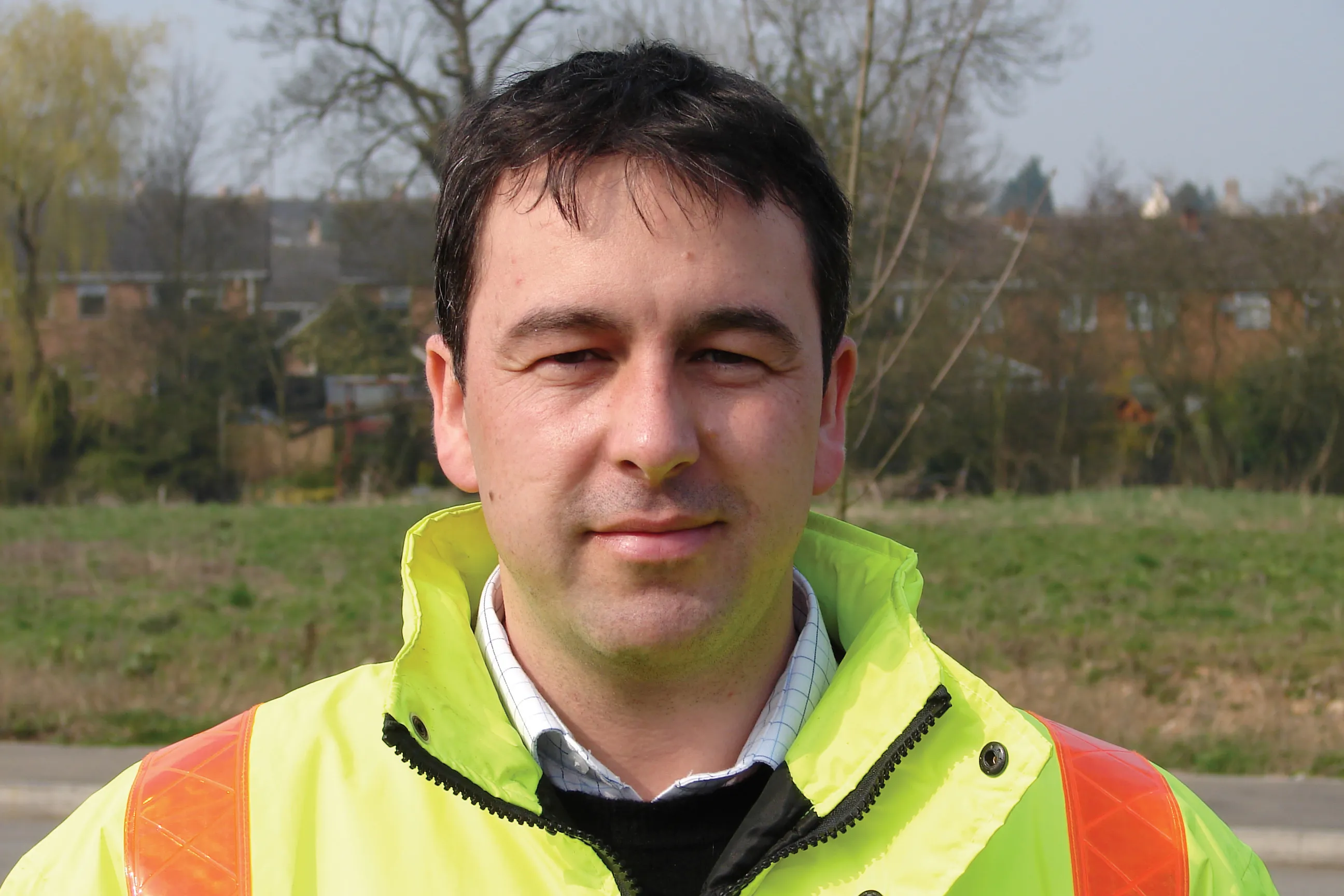Potters Europe is launching its new on site road marking technical support service. The new service is headed by Potters Europe technical service engineer Jason Prince, who was using the Traffex exhibition in Birmingham, UK, to advise visitors about the benefits of the new service, which he says will assist customers in applying reflective road markings to achieve optimum performance.
March 15, 2012
Read time: 2 mins

Potters Europe is launching its new on site road marking technical support service. The new service is headed by Potters Europe technical service engineer Jason Prince, who was using the 346 Traffex exhibition in Birmingham, UK, to advise visitors about the benefits of the new service, which he says will assist customers in applying reflective road markings to achieve optimum performance.
"The technical support service has already successfully improved road marking wet night visibility on several UK test sites. The results were especially impressive in conjunction with Potters' portfolio of reflective products including STARLITEBEAD," says Prince.
"This service brings together all our latest knowledge about road markings and applies them to each client's unique requirements. The service offers customers advice about reflective bead types and performance coatings to fit varied road marking requirements including wet night, dry night or high skid resistance conditions.
"It will also provide customers with road marking evaluation reports which monitor markings for overall condition, and performance over a period of time." Potters already offers customers access to its European Technical Centre in France, a road marking laboratory complete with product application simulator and accelerated wear tester. The centre helps customer to develop and enhance bead and binder systems.
"Potters Europe on site technical support combined with the TEC Centre will enable customers to achieve improved performance in line with higher marking standard requirements." Potters' also will be demonstrating the LTL-X top of the range unit from199 Delta Light and Optics, for whom they are agents in the UK.
"The technical support service has already successfully improved road marking wet night visibility on several UK test sites. The results were especially impressive in conjunction with Potters' portfolio of reflective products including STARLITEBEAD," says Prince.
"This service brings together all our latest knowledge about road markings and applies them to each client's unique requirements. The service offers customers advice about reflective bead types and performance coatings to fit varied road marking requirements including wet night, dry night or high skid resistance conditions.
"It will also provide customers with road marking evaluation reports which monitor markings for overall condition, and performance over a period of time." Potters already offers customers access to its European Technical Centre in France, a road marking laboratory complete with product application simulator and accelerated wear tester. The centre helps customer to develop and enhance bead and binder systems.
"Potters Europe on site technical support combined with the TEC Centre will enable customers to achieve improved performance in line with higher marking standard requirements." Potters' also will be demonstrating the LTL-X top of the range unit from








